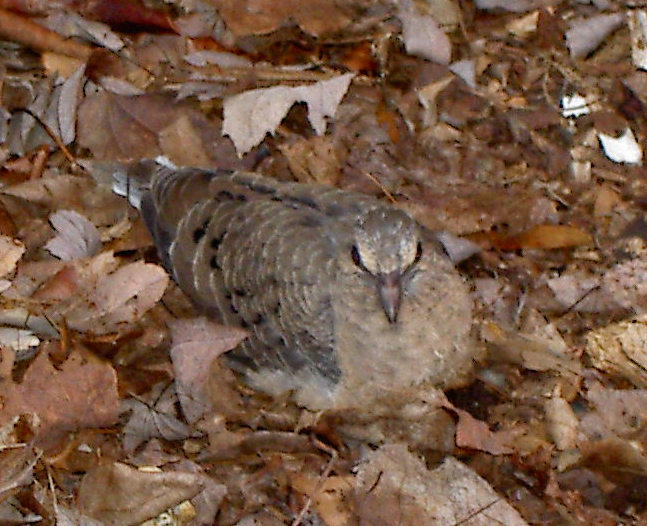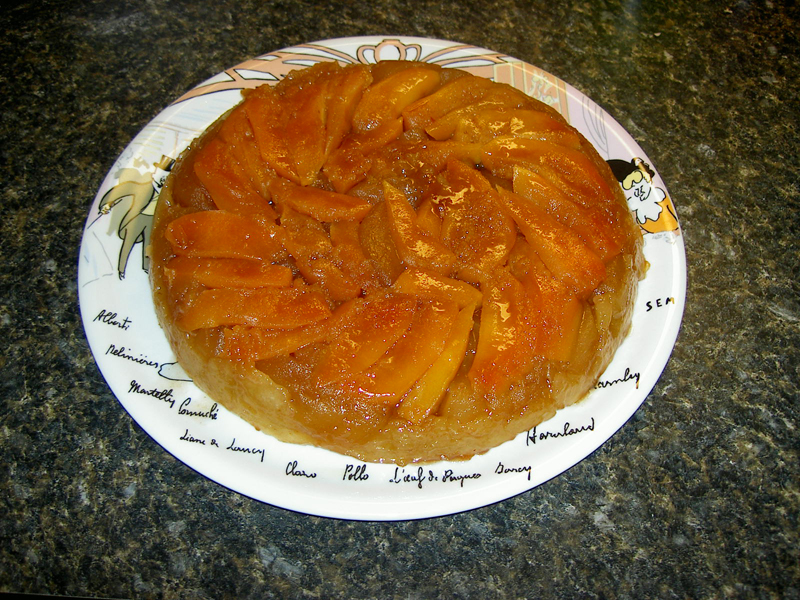After days of pulling up chickweed and dandelion, I finally called it done and mowed the backyard this morning; I’m leaving the front until next week to enjoy the violets a bit longer. I am quite sure I didn’t get all of the weeds, as I couldn’t be bothered to get the dandelion digger and just took the flowers. Plus, the short chickweed that I missed among the tall grass will survive my ample 3″ mower position and be back again next spring. I did learn this week that chickweed is edible, like dandelions; since we’re up to our eyeballs in the greens we actually pay for, I’m going to give eating weeds a miss this year. If the recession deepens, who knows.
In the category of ‘garden labor that is neither killing invasives nor walking around looking at flower buds’ I also moved some plants around this week. The moving around went something like: iceplant (which is really a type of sedum, although apparently now booted from the sedum family as well; I suppose taxonomists have to do something to pay the rent) from back to front; yellow daylilies from front to back, bluebells from back to side, Summersweet from a cup in the kitchen into the front bed, and some of my neighbor’s lovely little spring starflowers into the front bed. As a result of all this moving and planting, the bed along the sidewalk is starting to look quite respectable. The native phlox is blooming, and pollinators—that’s what we’re calling bees and bee-like insects these days, right?—are flocking to the lavender flowers. The aster and coneflower will be moving out of that bed to new spots by the foundation, just as soon as we get that bed prepared.
At the moment, with the violets in the lawn, the daffodils by the porch steps, and last year’s free irises sending up purple and white flowers it looks quite nice. It’s a bit frightfully respectable, as Christopher Lloyd would say, with the purple and white and yellow (which will only be enhanced when the white carpet phlox and basket-of-gold go into the front bed); although the crocuses didn’t bloom after last year’s transplanting, they are also in the same palette. Soon, however, the flaming pink azalea will be in bloom around the corner of the house — along with more white in the form of the other azaleas along the front of the house. The backyard has the huge salmon ball that is the quince bush and the flaming yellow tower that is the forsythia. What can I say, I’m not a fan of the pink, although the bright oranges, yellows and reds will be well-represented in the new sunny foundation bed. Along with (of course) more blues and whites.
As the icing on the cake of actually having flowers coming up in the garden, I was visited by a young dove while I sat on the porch. I’ve never seen one that small before, but it could fly and was following its parent on a tour of our yard. I think the nest is in the neighbor’s hedge, which is an excellent spot now that the neighbors have gotten better about keeping their cats indoors. I’m always pleased to see any birds in the yard; as I’m no longer stocking the feeders, they’re a decent gauge of how well our plantings provide food and habitat all on their own. So far the verdict seems to be: not too shabby.

With digital zoom in order not to get too close to the (4-5″ long) dove.






